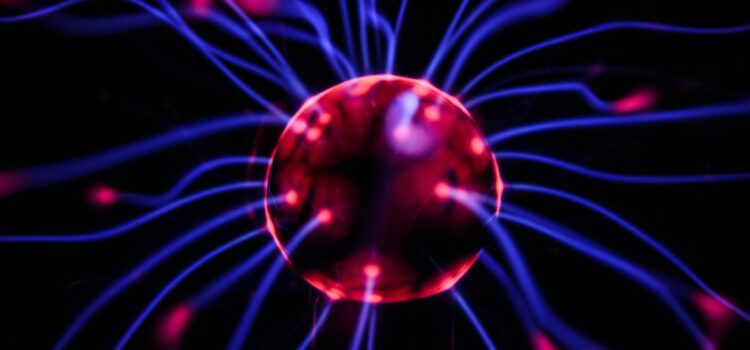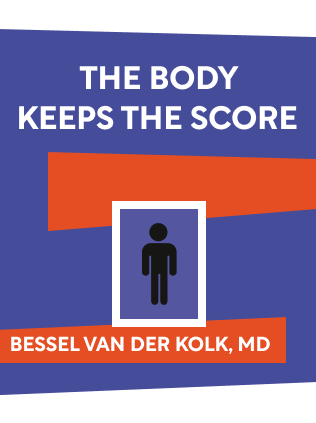

This article is an excerpt from the Shortform book guide to "The Body Keeps The Score" by Bessel van der Kolk. Shortform has the world's best summaries and analyses of books you should be reading.
Like this article? Sign up for a free trial here .
Is neurofeedback for PTSD a useful form of therapy? How does neurofeedback work?
Neurofeedback PTSD treatment is a method that uses machines to track patients’ brainwaves. It encourages certain brain patterns while discouraging others.
Read more about neurofeedback as PTSD treatment and how it works.
Neurofeedback for PTSD
Think of the brain as a network of electrical circuits that fires off jolts of electricity in order to carry out its functions — creating thoughts, stimulating behavior, arousing physical responses — just like switching on a light. When the circuits are out of order, it creates mental and emotional disorders. Neurofeedback PTSD treatment aims to fix the circuitry in patients’ brains.
Neurofeedback is a method that involves hooking up patients to machines that track their brain waves and mirror them back in order to encourage certain frequencies and brain patterns and discourage others. Patients may watch an animation that looks like a video game, with spaceships moving around the screen randomly; when the patient is calm and focused, for example, the spaceships start moving in a more orderly way than when the patient is tense and anxious. Think of neurofeedback like the feedback you get from someone’s facial expressions when you’re having a conversation: You’re subtly encouraged to continue when the person smiles and nods, but if they frown or zone out you get the cue to change the topic.
Neurofeedback PTSD treatment is also able to target frequencies in certain areas of the brain in order to increase focus, alertness, and other states. Each type of brain wave is related to a different state of being.
- Delta waves are the slowest frequency and typically occur while you’re sleeping. If you have a lot of delta wave activity during waking hours, it makes you foggy and causes poor judgment and impulse control. The majority of PTSD sufferers have excessive delta waves.
- Theta frequencies are slightly faster and are common when you’re in a trance-like state, on the edge of sleep, or when you’re depressed. These waves facilitate allows you to think outside the box and make new connections and associations. Alpha/theta training is a form of neurofeedback that has the potential to help PTSD patients break out of their habitual patterns and associations to create new ones.
- Alpha waves bring a feeling of peace and calm, and are present during meditation. Neurofeedback with alpha training is helpful for trauma patients who are chronically numb or agitated to feel a sense of peace and focused relaxation.
- Beta waves are the highest frequency, and help you to be alert to the world around you and focused on the task at hand. However, too many beta waves can make you agitated, anxious, and tense.
Neurofeedback PTSD treatment can be an empowering form of treatment because patients can see a visual representation on the scans of the brain activity behind their dysfunctional or problematic behavior; this allows them to free themselves from self-blame and attempts to control their behavior and puts their focus on learning new ways to process information, which is at the root of their behavior.
We’ve discussed how survivors of childhood trauma face unique challenges because their traumas often interfered with their ability to establish psychological building blocks like healthy inner maps and a sense of being loved and wanted; as a result, healing isn’t just a matter of working through the scars of their trauma but also rewiring their instincts and brain functions that cause them to struggle orienting themselves in time and space and establishing relationships. Medications and traditional talk therapy are inadequate to restore these basic brain functions after the early years of brain development have passed, so more research is needed to see if neurofeedback can achieve that.
After enough sessions of neurofeedback PTSD treatment (depending upon the patient), the brain is trained to sustain those new brain wave patterns and treatment can end, with perhaps sporadic tune-up sessions.

———End of Preview———
Like what you just read? Read the rest of the world's best book summary and analysis of Bessel van der Kolk's "The Body Keeps The Score" at Shortform .
Here's what you'll find in our full The Body Keeps The Score summary :
- How your past trauma might change your brain and body
- What you can do to help your brain and body heal
- Why some trauma survivors can't recognize themselves in the mirror






